Vietnam, a nation rich in history, natural beauty, and vibrant street life, continues to grow in popularity among travelers in Southeast Asia. With bustling cities, serene rice terraces, mouthwatering cuisine, and unforgettable experiences like the Ha Giang loop or a Halong Bay cruise, it’s a country that promises adventure. But to get the most out of your trip—especially in 2025—you’ll need to know a few insider tips.
Here are 17 things to know before your journey through Vietnam.
1. Overnight Transport: A Blessing and a Curse
Vietnam’s geography stretches over 1,000 miles from north to south, making overnight transport a popular and practical choice for budget-conscious travelers. Sleeper buses are widely used due to their affordability and availability. These buses feature reclining seats or sleeper berths, making long-distance travel more tolerable—but not necessarily restful.

There are two main options: standard sleeper buses and VIP buses. VIP buses, though slightly more expensive, often offer enhanced comfort such as more legroom, cleaner interiors, fewer stops, and smaller passenger loads. For travelers who value a good night’s sleep or are traveling with valuables, paying a bit extra for a VIP experience can be well worth it.
However, a major downside is the unpredictable arrival times. It’s not uncommon to reach your destination at awkward hours, such as 3 or 4 AM. This can be disorienting and inconvenient, especially if you haven’t arranged for early check-in at your accommodation. Booking a hotel room for the previous night may feel like a waste of money, but it can make all the difference in preserving your first day’s energy.
Booking online through platforms like Bookaway or 12Go Asia offers better control and transparency than local travel agents. You can compare bus companies, see customer reviews, and know exactly what you’re booking—reducing the chance of last-minute surprises. Be sure to read cancellation policies and reviews to avoid uncomfortable journeys.
2. SIM Cards in Vietnam: Stay Connected the Smart Way
Staying connected while traveling is essential for everything from maps and translations to ride-hailing and restaurant reviews. Vietnam makes it easy and affordable to get online, with local SIM cards offering generous data packages at incredibly low prices. Among all providers, Viettel is the top recommendation for its superior coverage and consistent signal across the country.
While networks like Mobifone and Vinaphone are also widely used, their performance can drop significantly in rural or mountainous regions. For example, while traveling the Ha Giang Loop—a remote area in the north—Viettel was the only provider with reliable service throughout the journey. Other networks left travelers completely disconnected, which could be risky in an emergency or even just inconvenient for navigation.
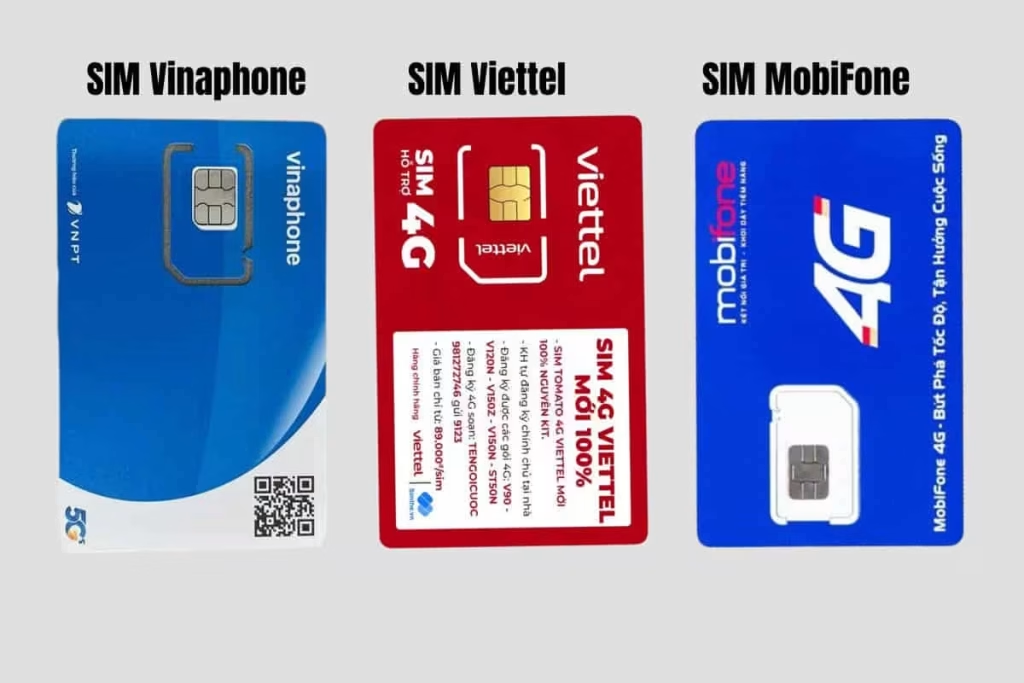
SIM cards are available for purchase at airports, mobile phone stores, and convenience shops. Activation is usually quick and straightforward, often handled by the vendor. Make sure your phone is unlocked before you travel, or check with your home provider about international SIM compatibility. Packages often include unlimited calls and texts in Vietnam in addition to several gigabytes of data.
If you’re planning to travel across multiple regions or use your phone heavily for content creation or business, go for a higher-tier plan with Viettel. For travelers staying in Vietnam for a month or longer, it’s advisable to register the SIM card with your passport to avoid disconnection or limitations later on. Having reliable data access will enhance your overall travel experience and keep you connected wherever you go.
3. The Ha Giang Loop: Vietnam’s Ultimate Road Trip
If you’re looking for an unforgettable adventure in Vietnam, the Ha Giang Loop should be at the very top of your list. This multi-day motorbike loop in northern Vietnam takes you through some of the most remote and breathtaking landscapes in Southeast Asia. With towering limestone karsts, winding mountain passes, terraced rice fields, and ethnic minority villages, the Ha Giang Loop is nothing short of magical.
The loop typically takes 3 to 4 days to complete, and you can either ride a motorbike yourself or hire an “Easy Rider”—a local guide who drives while you sit on the back. Riding solo offers more freedom but requires confidence and experience, as some of the roads are narrow, unpaved, and lack guardrails. That said, many travelers find the route less dangerous than its reputation suggests, especially when taken at a cautious pace.

Accommodations along the loop are rustic but charming, often in the form of homestays that give you a unique glimpse into the lives of local communities. The hospitality you’ll experience is heartwarming, and the food—simple, hearty, and delicious—is a highlight of the trip. At night, it’s common for hosts to invite guests for rice wine toasts, fostering unforgettable memories and connections.
Proper planning is crucial for this trip. Be sure to check the weather forecast, wear protective gear, and bring essentials like a rain poncho, portable charger, and warm layers (it can get surprisingly cold). While you don’t need a motorcycle license in Vietnam, it’s highly recommended to have one from your home country and obtain an international driving permit. The Ha Giang Loop isn’t just a journey—it’s a rite of passage for those who visit Vietnam.
4. North vs. South Vietnam: Where the Magic Lives
Vietnam is a country of contrasts, and this is most clearly seen when comparing the north and south. Many travelers agree that the north—particularly areas like Hanoi, Sapa, Ninh Binh, and Ha Giang—offers a more “authentic” and culturally immersive experience. The north is home to dramatic mountain landscapes, ancient traditions, and a slower pace of life.
Hanoi, the capital, is a city rich in history and culture. The Old Quarter is a chaotic maze of narrow streets filled with markets, street food, and centuries-old architecture. Just outside the city, you’ll find rural charm and natural wonders like Tam Coc and Ba Be Lake. The north also has a cooler climate, which can be a welcome relief during the hot summer months.
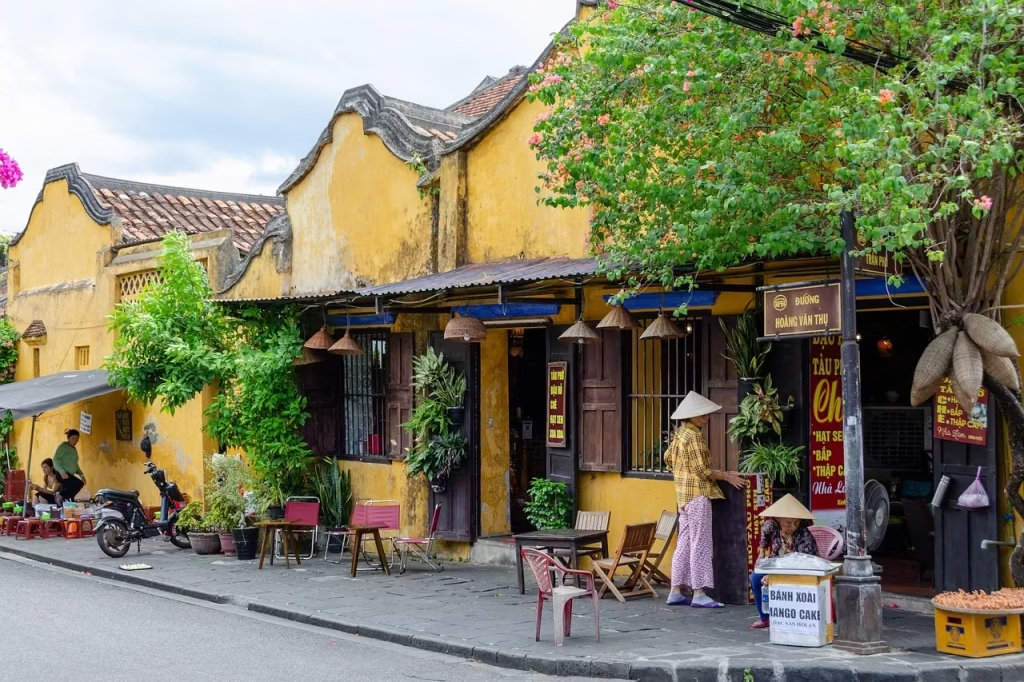
In contrast, the south—anchored by Ho Chi Minh City—is more modern and business-oriented. Skyscrapers tower above busy streets, and Western influence is more prominent in both cuisine and culture. The south is also home to beautiful tropical destinations like Phu Quoc Island and the Mekong Delta, where you can explore floating markets and palm-fringed waterways.
While both regions have their unique appeal, starting your journey in the south and heading northward allows for a gradual build-up in terms of scenery, culture, and adventure. By the time you reach the mountainous landscapes of the north, you’ll have a deeper appreciation for the diversity and depth Vietnam has to offer.
5. Halong Bay Cruises: Experience Vietnam by Sea
Halong Bay is one of Vietnam’s most iconic destinations, famous for its emerald waters and thousands of limestone islands rising dramatically from the sea. Taking a cruise through this UNESCO World Heritage Site is a bucket-list experience that shouldn’t be missed. Whether you opt for a luxurious overnight cruise or a more budget-friendly day trip, Halong Bay is breathtaking from every angle.
Luxury cruises typically include spacious cabins, gourmet meals, and activities like kayaking, cave exploring, and tai chi classes on the deck at sunrise. You’ll also visit floating fishing villages and secluded lagoons that are otherwise inaccessible. These all-inclusive experiences offer great value for money and are ideal for couples, honeymooners, or anyone looking to splurge on a unique experience.
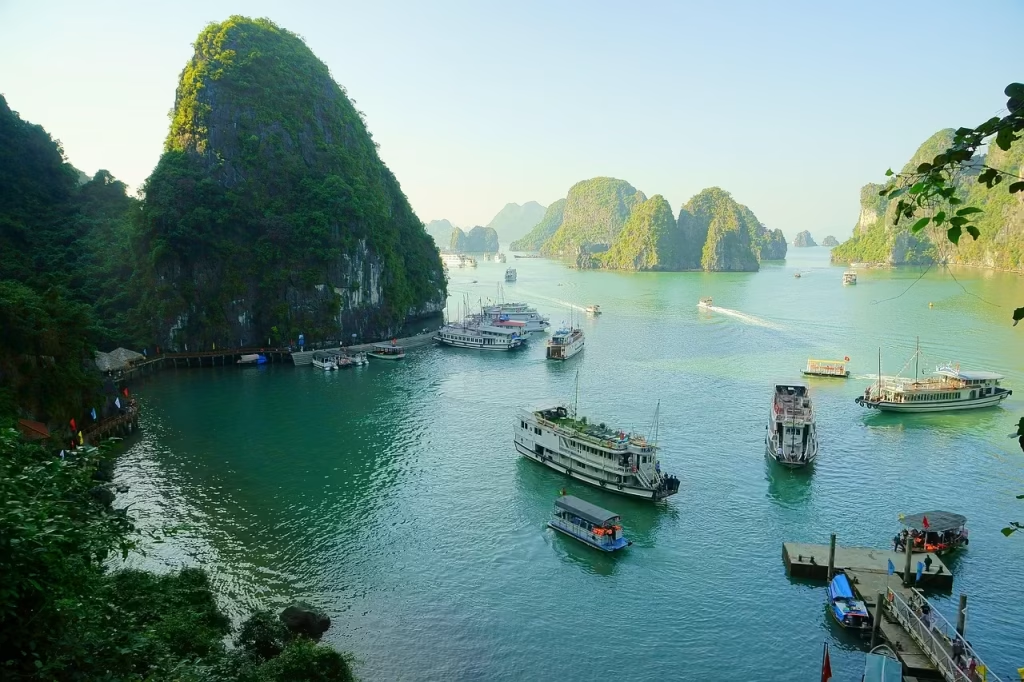
Budget travelers need not worry—affordable cruise options are plentiful and still provide a fulfilling experience. Day trips from Hanoi or Cat Ba Island are easy to arrange and give you a taste of Halong Bay without breaking the bank. It’s important, however, to vet operators carefully and book through reputable websites or agencies. Reviews and customer photos will help you avoid the disappointment of a poorly managed tour.
If you want something more off-the-beaten-path, consider cruising in Lan Ha Bay or Bai Tu Long Bay—less crowded alternatives to Halong Bay that offer similar scenery with fewer tourists. These hidden gems are growing in popularity and may become your preferred way to experience Vietnam’s incredible seascapes.
6. Parking Etiquette: Don’t Just Park Anywhere
Unlike in Thailand or other parts of Southeast Asia where parking is casual and often unregulated, Vietnam has stricter expectations when it comes to where you leave your bike. While renting a scooter is a popular and practical way to get around, you need to be mindful of parking rules—especially in cities.
In Vietnam, parking in front of a shop or residence without asking can be met with annoyance or even hostility. Locals often guard their storefronts and driveways fiercely, so it’s always best to ask for permission or look for designated parking spots. Many businesses offer paid parking services (often costing just 5,000–10,000 VND), and hotels usually have secure parking areas for guests.
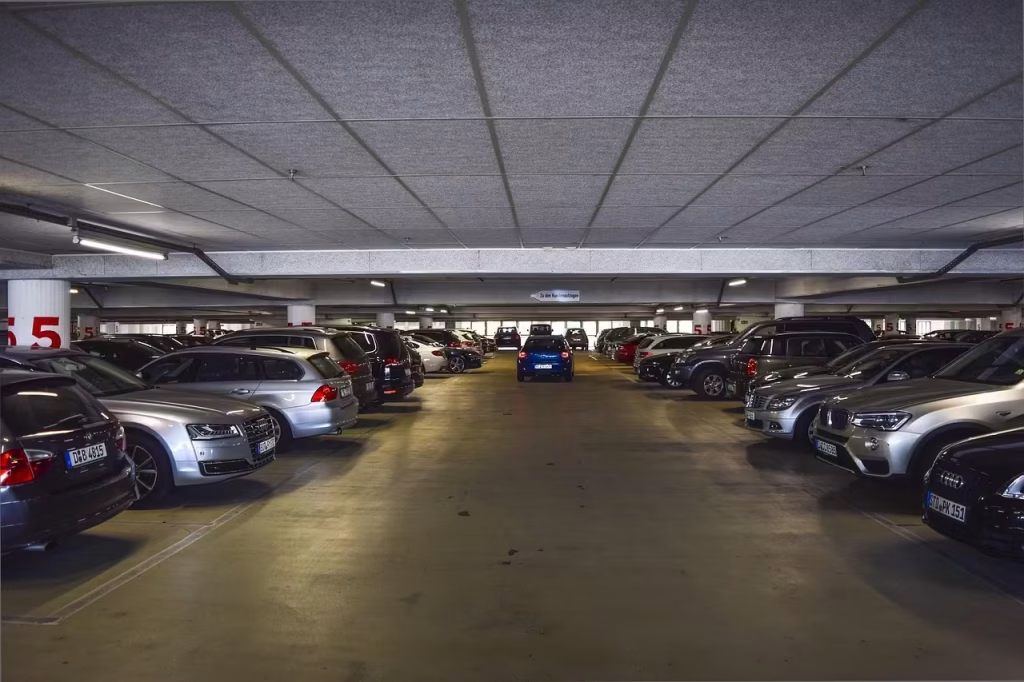
Failure to follow parking etiquette could result in your scooter being moved, damaged, or ticketed. While fines are rare for tourists, the inconvenience of having your vehicle blocked in or moved isn’t worth the risk. In urban areas like Hanoi or Ho Chi Minh City, street parking attendants may ask you for a small fee and give you a parking stub—don’t lose it, as you’ll need it to reclaim your bike.
To avoid confusion, ask your accommodation or rental provider about safe and legal places to park near your destinations. Apps like Google Maps or Maps.me often label parking areas, which can help when navigating unfamiliar territory. A little planning goes a long way toward ensuring smooth and respectful travel.
7. ATM Fees: Save Big by Choosing the Right Bank
Vietnam’s ATM fees can be a surprise to travelers who are used to fee-free international withdrawals. Most Vietnamese banks charge foreign cards a withdrawal fee that can range from 30,000 VND ($1.25) up to 100,000 VND ($4+), and some apply an additional percentage-based fee. However, one bank stands out as the most traveler-friendly: Agribank.

Agribank charges a flat fee of just 22,000 VND (under $1), making it the best choice for budget-conscious travelers. While the withdrawal limit is typically around 3 million VND per transaction (approximately $125 USD), you can always make multiple withdrawals if needed. Other banks like BIDV and Vietcombank are also widely used but tend to charge higher fees.
Keep in mind that your home bank may also charge a foreign transaction fee or currency conversion fee, so it’s wise to check with them before your trip. To minimize ATM trips, withdraw larger amounts at once and store cash safely—many hotels and hostels offer secure lockers or safes for valuables.
For added convenience, download banking apps or use online banking to monitor your balance and convert prices. Vietnam is still largely a cash-based society, especially in rural areas, so having a healthy stash of dong in your wallet is essential. Just be sure to break large bills at restaurants or convenience stores, as many smaller vendors may not have change for 500,000 VND notes.
8. Beer With Ice? It’s a Thing in the North
Ordering a cold beer in northern Vietnam can be a surprising experience for first-time visitors. Rather than serving it from a chilled bottle or can, many local eateries will bring your beer at room temperature along with a bucket of ice. While it may sound unappealing at first, it’s completely normal—and surprisingly refreshing in Vietnam’s humid climate.
The tradition stems partly from limited refrigeration in the past and the need to cool drinks quickly. Inexpensive draft beer, known as “bia hơi,” is extremely popular in the north and is often served this way. It’s light, mildly carbonated, and incredibly cheap—sometimes as low as 5,000 VND (about 20 cents) per glass.

If you’re not keen on the idea of diluting your drink, you can ask for a cold bottle specifically (“bia lạnh”) at larger restaurants or tourist-friendly bars. However, in local joints, ice is part of the experience. The good news is that ice served in drinks at reputable places is typically made from purified water and considered safe.
Trying bia hơi with locals can be a fun and culturally enriching experience. You’ll often see groups of men clinking glasses and shouting “Một, hai, ba, dô!” (One, two, three, cheers!). Join in—you’re not just having a drink; you’re participating in a beloved social ritual.
9. English Is Limited—Google Translate Is Your Best Friend
While English is spoken in touristy cities and hotels, don’t expect the same fluency in rural towns, local markets, or off-the-beaten-path destinations. Unlike in Thailand or the Philippines, where English is more commonly used, Vietnam presents a language barrier that can challenge even seasoned travelers.
Fortunately, technology bridges the gap. Google Translate is a lifesaver in Vietnam, and locals are surprisingly comfortable using it as well. Many restaurant owners, hotel staff, and taxi drivers will whip out their own phones to communicate with tourists via the app. To make your experience smoother, download the Vietnamese language pack for offline use—this will help you in areas with weak mobile signal.
In addition to Google Translate, learning a few essential Vietnamese phrases can go a long way. Start with simple words like “xin chào” (hello), “cảm ơn” (thank you), and “bao nhiêu tiền?” (how much?). These small efforts are greatly appreciated and can often lead to better service and warmer interactions.
Keep in mind that Vietnamese is a tonal language, so pronunciation matters. Don’t get discouraged if you’re not understood immediately—gesture, point, or show photos to get your message across. Traveling with patience and a smile will help you navigate any communication challenge that comes your way.
10. Staple Foods You Can Always Rely On
When traveling through Vietnam, especially in more remote areas where English menus are rare, knowing what local dishes to look for can make mealtimes much easier. Thankfully, Vietnam has several staple foods that are not only widely available but also delicious, affordable, and filling.
Pho (pronounced “fuh”) is Vietnam’s national dish and a beloved breakfast option. It’s a fragrant noodle soup typically made with beef (phở bò) or chicken (phở gà), herbs, lime, and chili. You’ll find locals slurping bowls of pho at dawn, seated on plastic stools in bustling roadside stalls. It’s the perfect comfort food, and every region has its own unique twist on the recipe.

Another favorite is bún chả, especially in Hanoi. This dish features grilled pork patties and slices served in a sweet and tangy broth, accompanied by vermicelli noodles and fresh herbs. You dip everything together, combining flavors in a mouthwatering way that’s uniquely Vietnamese. It’s a must-try for foodies.
Bánh mì, Vietnam’s take on the French baguette, is another reliable option—especially for travelers on the move. These crusty baguettes are filled with a mix of pickled vegetables, pâté, meats, egg, and chili sauce. They’re cheap (usually under $1 USD), portable, and available almost everywhere. Stocking up on bánh mì before an overnight bus ride is a smart move.
11. Don’t Rely on the Hoi An Lantern Festival
Hoi An, with its charming old town and riverside ambiance, is often romanticized as a place where lanterns float on the water every full moon. While technically true, the reality is that the lantern festival doesn’t differ much from any other night in Hoi An—lanterns float on the river every evening, and the town is always aglow.

Many travelers have rearranged their schedules or extended their stay to coincide with the lantern festival, only to be underwhelmed. There might be slightly more foot traffic and vendors selling candles, but otherwise, the nightly atmosphere is just as vibrant. The streets are lined with colorful silk lanterns, and small paper lanterns are sold along the riverbanks for a few thousand dong.
That said, Hoi An is still a must-visit. The lantern-lit streets, yellow-walled houses, and slow-paced charm make it one of Vietnam’s most beautiful towns. Try visiting in the early morning when the streets are quiet and the riverside market is bustling with locals. Or come at sunset, when boats drift slowly down the Thu Bon River and the city truly shines.
Rather than planning around the full moon festival, just enjoy Hoi An for what it offers every day. Take a cooking class, visit the tailors, or cycle through the nearby rice paddies. The lanterns are the cherry on top, not the whole dessert.
12. Vietnam Visa Rules: Know Before You Go
Before booking your flights, it’s crucial to understand Vietnam’s visa policy. While the country offers visa exemptions to passport holders from 24 countries—including many in Europe and Asia—those exemptions vary in duration. Some travelers can stay up to 15 days without a visa, while others get 30 or even 90 days.
If your country is not on the exemption list or you plan to stay longer, you’ll need to apply for an e-visa. This process is generally straightforward and can be done entirely online via Vietnam’s official government portal. The e-visa typically costs around $25 USD and is valid for 30 days, single entry. Processing takes 3 to 7 business days, but it’s wise to apply at least two weeks before departure to avoid delays.
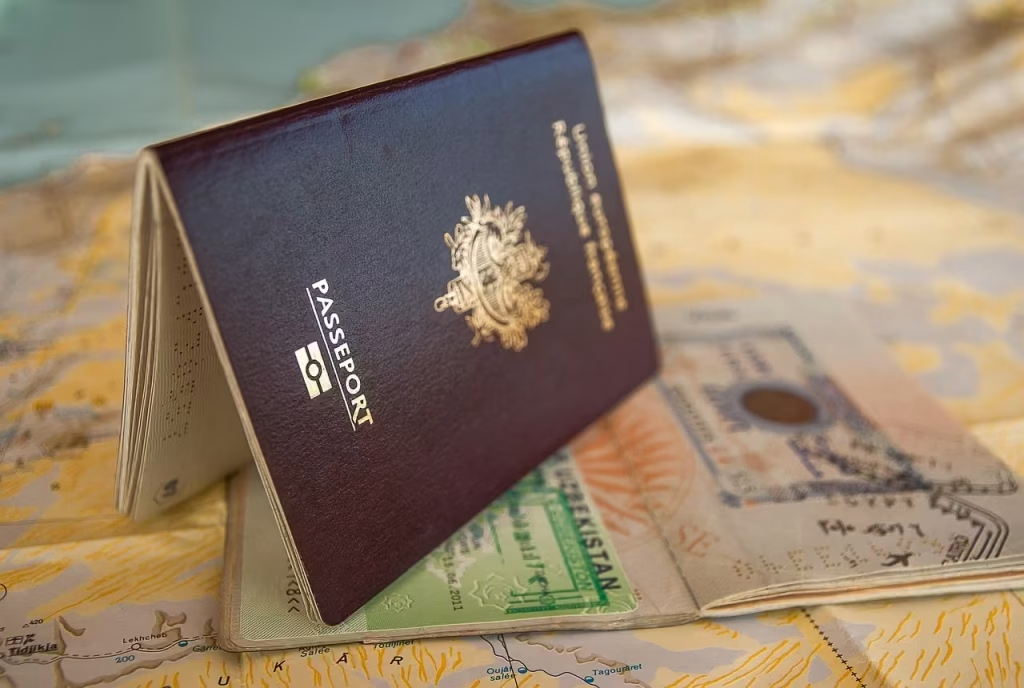
In rare cases, you might be required to visit a Vietnamese embassy or consulate in person. This is often the case for long-term stays or if you need a multiple-entry visa. Be aware of third-party websites that charge additional service fees or issue fake visas—stick to the official e-visa website to stay safe.
Make sure to print out your e-visa approval letter and bring it with you. Immigration officers at airports and land borders will ask for it. Also, double-check that your entry and exit dates align with your visa approval. Getting this step right ensures you avoid fines or issues on arrival and lets you start your trip stress-free.
13. Best Time to Visit Vietnam: Choose Your Season Wisely
Vietnam’s geography creates multiple climate zones, making weather patterns complex and region-specific. While the country can be visited year-round, knowing what to expect in each region can significantly improve your travel experience. Generally, the most favorable time to visit Vietnam is from January to April, when temperatures are pleasant, and rainfall is low.
In the north, winter runs from November to March. It can get surprisingly cold, especially in places like Sapa and Ha Giang where temperatures may drop close to freezing. If you plan on exploring the mountainous north during these months, pack layers and warm clothing. March and April are ideal for these regions, with cool, dry weather and clear skies.
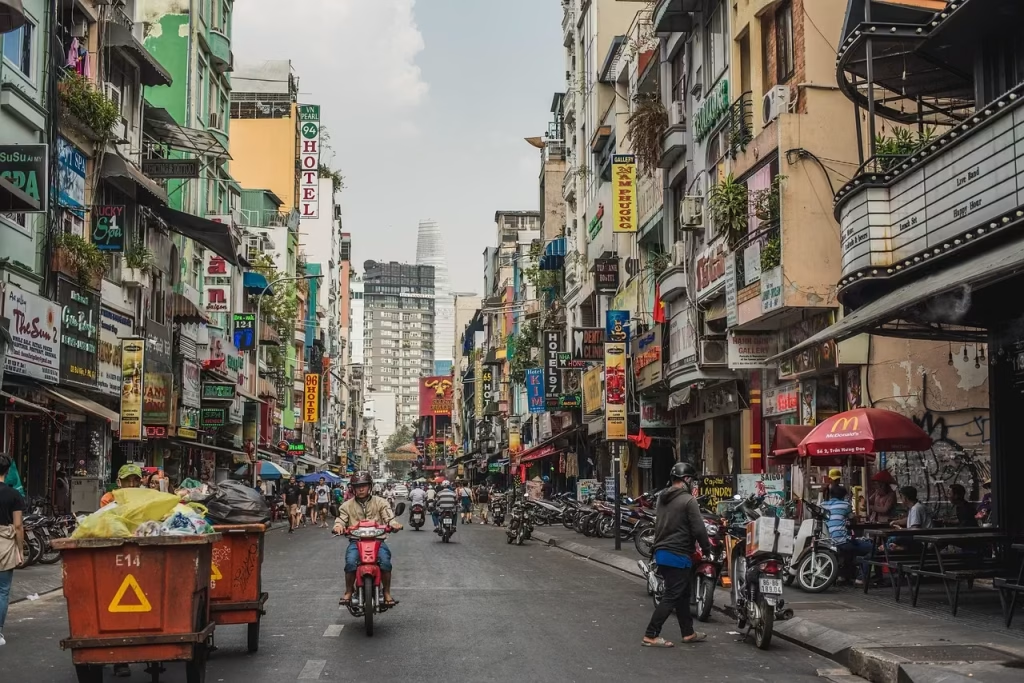
The central region, including Hoi An and Hue, is best visited between February and August. Typhoon season typically affects this area from September to November, bringing heavy rains and potential flooding. Meanwhile, the south, including Ho Chi Minh City and Phu Quoc Island, remains tropical year-round. The dry season here runs from December to April, making it perfect for beach trips and exploring the Mekong Delta.
For a unique experience, consider visiting the northern rice terraces in late September or early October, just before the harvest. The lush green fields turn golden, creating picture-perfect landscapes. This is also a good time to visit if you want to avoid the high tourist season while still enjoying comfortable weather across most of the country.
14. Vietnam’s Big Cities Are Surprisingly Modern
Many first-time visitors to Vietnam arrive expecting a landscape of small villages, rice fields, and motorbikes—but the reality in cities like Ho Chi Minh City and Da Nang can be quite the opposite. These urban centers are bustling, vibrant, and surprisingly developed, with modern skyscrapers, shopping malls, tech startups, and thriving nightlife scenes.
Ho Chi Minh City (formerly Saigon) is Vietnam’s economic powerhouse. District 1, the central business district, boasts rooftop bars, five-star hotels, luxury shopping centers, and international cuisine. It’s a stark contrast to the quieter rural areas up north. The city also has a growing creative scene, with co-working spaces, galleries, and cafes filled with young professionals and digital nomads.
Da Nang, once a sleepy coastal city, has transformed into one of Vietnam’s most progressive destinations. It’s clean, organized, and features a scenic riverfront, long stretches of beach, and a fast-growing expat community. Its central location also makes it a great base for exploring Hoi An, Hue, and the Marble Mountains.
While modernization is impressive, it doesn’t mean Vietnam has lost its identity. Even in modern cities, you’ll still find vibrant local markets, traditional food stalls, and historical landmarks coexisting alongside development. The blend of old and new is part of what makes Vietnam so fascinating—and its cities are well worth exploring.
15. Backpacking on a Budget? Vietnam Is Your Dream Destination
For travelers looking to stretch their dollars, Vietnam is one of the most budget-friendly countries in the world. With accommodation, food, transportation, and activities all available at low prices, it’s easy to travel here for under $25 per day. Even if you’re not on a tight budget, you’ll find incredible value at every turn.
Dorm beds in clean, social hostels can be found for as little as $4–6 per night. Many of these hostels also include free breakfast, Wi-Fi, and even perks like rooftop bars or free walking tours. Private rooms in guesthouses or budget hotels can be found for $10–20 depending on the location and season.

Street food is not only affordable but also some of the best in the world. Dishes like pho, bánh mì, bún thịt nướng, and gỏi cuốn (spring rolls) are packed with flavor and cost as little as $1–2 per meal. Domestic buses, trains, and flights are competitively priced, allowing you to move between cities and regions without breaking the bank.
If you’re traveling with a mid-range budget ($40–60 per day), you can afford to splurge on occasional luxuries: private taxis, boutique hotels, guided tours, and multi-day excursions. You’ll also have room to enjoy massages, cooking classes, and unique experiences like caving, island hopping, or food tours.
16. Bargaining Is a Must—And It’s Part of the Fun
If you’re planning to shop at markets or hire local services in Vietnam, prepare to bargain. Unlike Western countries where prices are fixed, bargaining is not only common here—it’s expected. Vendors often quote inflated prices to tourists, so haggling is essential to avoid overpaying.
The golden rule? Always stay polite and friendly. Start by offering half or even a third of the asking price, and then negotiate to find middle ground. It helps to smile, keep your tone light, and be willing to walk away. More often than not, the vendor will call you back with a lower offer. Don’t be shy—it’s part of the cultural exchange.
Bargaining is especially important when buying clothes, souvenirs, and accessories. For instance, you might be quoted 1.2 million VND for a jacket and end up paying just 500,000 VND after negotiating. And don’t be surprised to see the same item sold for wildly different prices in different cities—it pays to shop around.
Keep in mind that some places, especially higher-end stores or restaurants, will have fixed prices. When in doubt, look for posted signs or ask directly. Also, try to carry smaller denominations of cash—vendors often claim not to have change for large bills, which can complicate the transaction.
17. Hoi An Tailors: Custom Clothing at Incredible Prices
Hoi An is internationally renowned for its tailoring scene, and for good reason. This small town in central Vietnam is home to hundreds of tailor shops offering custom-made suits, dresses, shirts, and more—often completed within 24 to 48 hours. Whether you’re after formal wear or something casual, getting clothing tailored in Hoi An is a unique and affordable experience.
Prices start as low as $90 for a tailored suit, depending on fabric and design. The more high-end shops can charge hundreds of dollars, but even then, the quality often rivals that of Western tailors charging triple the price. It’s not just suits either—many tailors will make anything from wedding gowns to beachwear.
The process is straightforward: you walk in, choose your fabric and style, get measured, and return for fittings. Most shops offer at least one or two fittings to ensure the perfect fit. Some even offer shipping services in case you don’t have time to collect your garments before leaving town.
However, keep in mind that the review system can be a bit skewed. Some tailors offer discounts or incentives in exchange for glowing reviews, so take overly enthusiastic feedback with a grain of salt. A shop like Beelight Tailors, mentioned positively by many travelers, is a safe bet—but it’s always wise to shop around and trust your instincts.
Final Thoughts
Vietnam is a country of contrasts, depth, and discovery. With a bit of preparation—and the right mindset—you’ll be better equipped to appreciate its beauty, manage its quirks, and create lifelong memories. From scooter rides through misty mountain passes to sipping cold beer on a lantern-lit riverbank, your Vietnamese journey will be filled with unforgettable moments.
Whether you’re visiting for a few weeks or a few months, use these tips to travel smarter, connect deeper, and make the most of your time in this captivating country.



